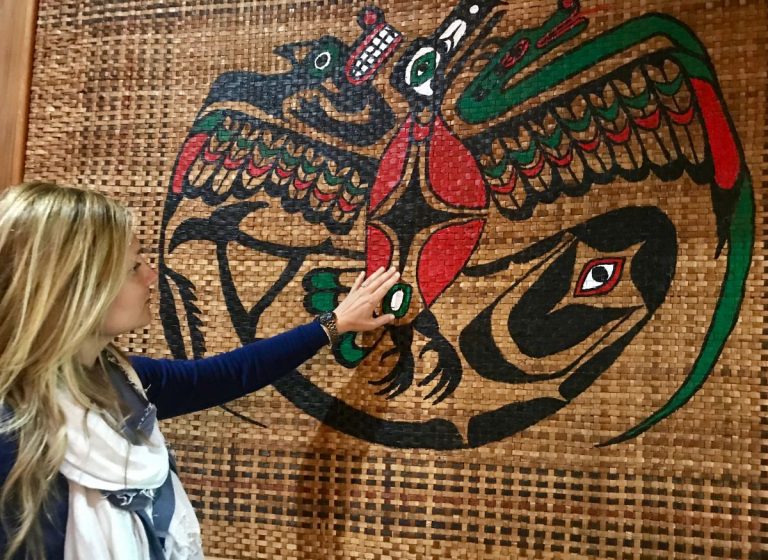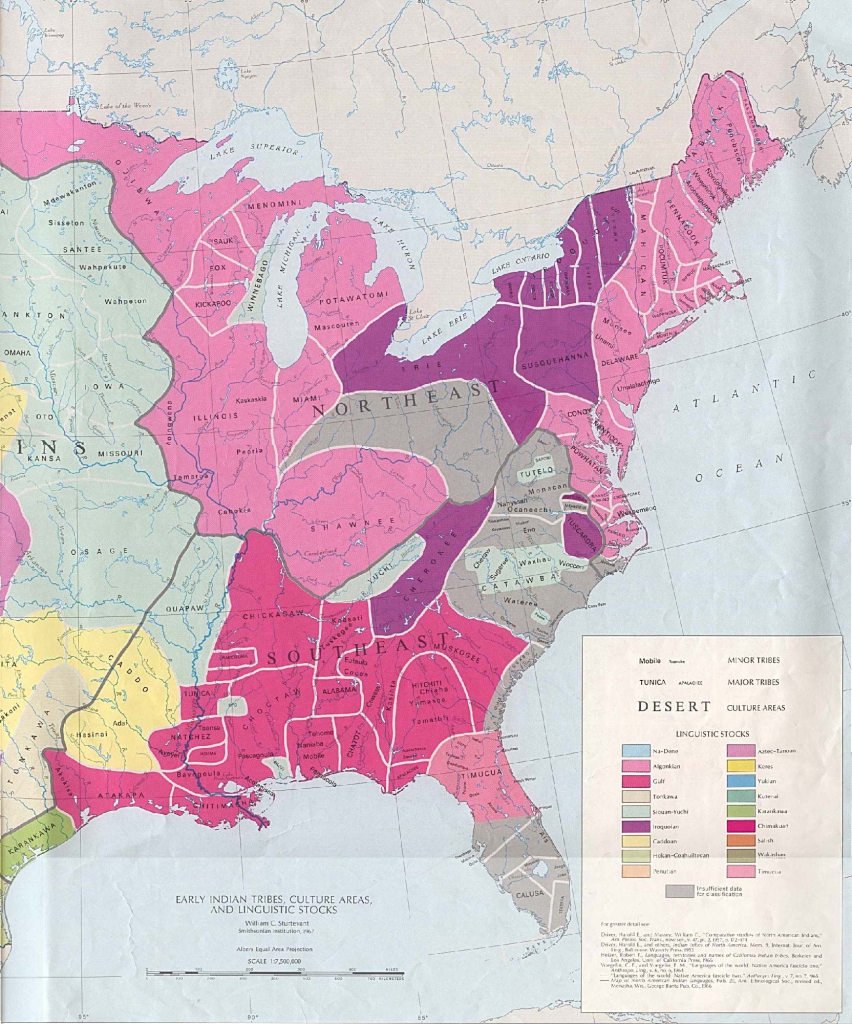Exploring the Rich Tapestry of Washington State’s Native Tribes: A Journey Through Their Lands and Cultures
Exploring the Rich Tapestry of Washington State’s Native Tribes: A Journey Through Their Lands and Cultures

Washington state, renowned for its breathtaking landscapes and vibrant cities, is also home to a rich and diverse tapestry of Native American cultures. For millennia, these tribes have thrived in the region, leaving an indelible mark on its history, geography, and spirit. This article delves into the captivating world of Washington’s Native tribes, exploring their unique traditions, languages, and the vital role they play in shaping the state’s identity.
A History of Resilience: From Ancient Times to the Present
Related Articles: Exploring the Rich Tapestry of Washington State’s Native Tribes: A Journey Through Their Lands and Cultures
- Unveiling the Financial Journey: Uncovering the Income Streams of Native Americans
- The Sioux Tribe: Unveiling the Remarkable History
- Unveiling Sioux’s Culinary Traditions and Sacred Gathering Grounds
- Immerse in the Tapestry of Indigenous Wisdom: Meet the Inspiring Tribes Preserving Cultural Heritage
- Unleash the Cosmic Order: Unveiling the Secrets of the 4 Cardinal Points and Elements
The story of Washington’s Native tribes begins long before the arrival of European settlers. For thousands of years, these indigenous peoples have lived in harmony with the land, adapting to its diverse ecosystems and forging deep connections to its natural resources. Their cultural practices, passed down through generations, reflect a deep understanding of the environment and its interconnectedness.
The Diverse Tapestry of Tribes:
Washington state is home to 29 federally recognized tribes, each with its own distinct language, cultural traditions, and history. These tribes represent a remarkable diversity, encompassing the Coast Salish, the Interior Salish, the Plateau tribes, and the Northwest Coast tribes.
1. Coast Salish:
- Location: Primarily located along the Puget Sound region, including the Strait of Juan de Fuca and the Olympic Peninsula.
- Culture: Known for their intricate wood carving, weaving, and basketry, as well as their maritime traditions of fishing and seafaring.
- Tribes: The Coast Salish include the Suquamish, Duwamish, Snoqualmie, Lummi, and Puyallup tribes, among others.

2. Interior Salish:
- Location: Inhabiting the eastern slopes of the Cascade Mountains and the Columbia River Plateau.
- Culture: Focused on fishing, hunting, and gathering, with a strong emphasis on their relationship with the land and its resources.
- Tribes: The Interior Salish include the Yakama, Colville, and Spokane tribes, among others.

3. Plateau Tribes:
- Location: Spanning the Columbia River Plateau, from the Cascade Mountains to the Rocky Mountains.
- Culture: Known for their unique hunting techniques, such as the use of horse-driven buffalo hunts, and their elaborate beadwork and quillwork.
- Tribes: The Plateau tribes include the Nez Perce, the Umatilla, and the Warm Springs tribes.

4. Northwest Coast Tribes:
- Location: Located along the Pacific Coast, from the northern tip of Washington to the southern tip of Alaska.
- Culture: Renowned for their elaborate totem poles, their potlatch ceremonies, and their sophisticated woodworking and carving traditions.
- Tribes: The Northwest Coast tribes include the Makah, Quinault, and Quileute tribes, among others.
Preserving Cultural Heritage: The Importance of Language and Tradition
The survival of Native American cultures in Washington state is inextricably linked to the preservation of their languages and traditions. For generations, elders have worked tirelessly to revitalize their languages, which were once suppressed by government policies. Through language immersion programs, cultural festivals, and community initiatives, Native tribes are ensuring that their cultural heritage continues to flourish.
The Impact of Colonization and Resilience:
The arrival of European settlers in the 18th century brought significant changes to the lives of Washington’s Native tribes. Forced displacement, assimilation policies, and the loss of traditional lands profoundly impacted their cultures and communities. Despite these challenges, Native tribes have demonstrated remarkable resilience, fighting for their rights, preserving their traditions, and advocating for self-determination.
The Role of Treaties and Tribal Sovereignty
The relationship between Washington’s Native tribes and the state government is guided by a complex network of treaties. These treaties, signed in the 19th century, established the legal basis for tribal sovereignty and the recognition of tribal lands. Today, tribal governments play a vital role in managing their own affairs, including education, healthcare, and economic development.
Economic Development and Self-Determination
Native tribes in Washington state are actively engaged in economic development initiatives, creating jobs and generating revenue for their communities. Casinos, tourism, and natural resource management are among the key sectors driving tribal economies. By controlling their own economic destiny, tribes are working to achieve self-sufficiency and improve the quality of life for their members.
The Importance of Recognizing Native History and Culture
As we navigate the complexities of history and the present, it is crucial to acknowledge the contributions of Native tribes to Washington state. Their cultural traditions, their resilience in the face of adversity, and their continued efforts to preserve their heritage are vital to understanding the state’s rich and diverse past.
The Future of Native Tribes in Washington State
The future of Native tribes in Washington state is bright. Through their continued commitment to cultural preservation, economic development, and self-determination, they are shaping a future where their voices are heard, their traditions are honored, and their contributions are celebrated. By embracing the rich tapestry of Native cultures, we can create a more inclusive and equitable society for all.
FAQs about Native Tribes in Washington State
1. What are some of the most notable cultural traditions of Washington’s Native tribes?
Washington’s Native tribes are known for their diverse cultural traditions, including intricate wood carving, weaving, and basketry, as well as their maritime traditions of fishing and seafaring. They also have unique ceremonies, dances, and storytelling traditions that are passed down through generations.
2. How many federally recognized tribes are there in Washington state?
There are 29 federally recognized tribes in Washington state.
3. What are some of the challenges faced by Native tribes in Washington state?
Native tribes in Washington state face challenges such as poverty, lack of access to healthcare, and the loss of traditional lands. They also face ongoing struggles with discrimination and the preservation of their cultural heritage.
4. How can I learn more about Native tribes in Washington state?
There are many resources available to learn more about Native tribes in Washington state, including tribal websites, museums, and cultural centers. You can also visit tribal lands and attend cultural events.
5. How can I support Native tribes in Washington state?
You can support Native tribes by learning about their history and culture, attending tribal events, and patronizing Native-owned businesses. You can also advocate for policies that support tribal sovereignty and self-determination.
Conclusion
Exploring the rich tapestry of Native tribes in Washington state is a journey of discovery, a testament to their resilience, and a reminder of the vital role they play in shaping the state’s identity. By understanding their history, their cultures, and their ongoing struggles, we can foster a greater appreciation for their contributions and create a more inclusive and equitable society for all.

Closure
Thus, we hope this article has provided valuable insights into Exploring the Rich Tapestry of Washington State’s Native Tribes: A Journey Through Their Lands and Cultures. We thank you for taking the time to read this article. See you in our next article!


